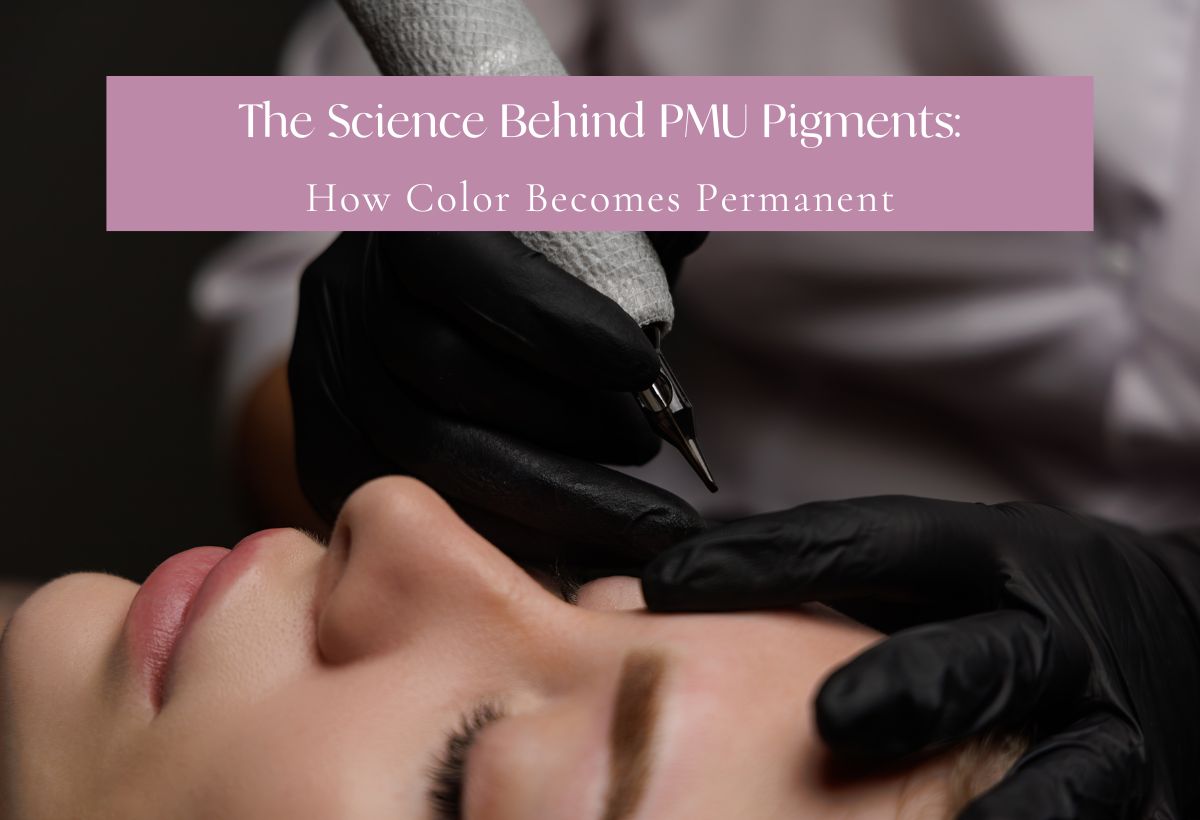
Permanent makeup (PMU) has revolutionized beauty by combining cosmetic artistry with medical precision. At the heart of every flawless brow, lip blush, or eyeliner tattoo lies one crucial element: the pigment. Unlike traditional makeup that sits on skin’s surface, PMU pigments become part of your cellular story—which is why understanding their composition matters more than you might think.
Why Swiss Color Pigments Set the Gold Standard
When browsing professional PMU supplies, you’ll notice certain brands like Swiss Color consistently favored by top artists. These pigments aren’t just popular for their vibrant hues—their formulation follows rigorous standards. Unlike cheaper alternatives that may fade unpredictably into orange or gray, premium pigments maintain molecular stability. They’re designed to harmonize with your skin’s natural undertones, ensuring a rose-toned lip blush stays rosy rather than morphing into mauve over time.
The secret lies in their organic-inorganic hybrid composition. Iron oxides (inorganic) provide longevity, while plant-based carriers (organic) ensure gentle integration with skin tissue. This blend prevents the dreaded “blowout” effect where pigment migrates under the skin.
The Chemistry of Staying Power: What’s Really in Your PMU?
All PMU pigments contain three core components:
- Colorants – Metal-based compounds (iron oxide, titanium dioxide) that determine hue
- Carriers – Liquid bases (often glycerin or alcohol) helping pigment flow evenly
- Stabilizers – Ingredients preventing oxidation or fading
However, not all formulas are equal. Low-quality pigments may contain:
- Carbon black: Risks turning blue-green over time
- Industrial dyes: Could trigger allergic reactions
- Fillers: Cheap additives that dilute color intensity
Premium lines avoid these by using:
✔ Medical-grade titanium dioxide for crisp whites
✔ Ultramarines for true blue tones (rare in PMU due to fading risks)
✔ Mica particles for subtle luminosity in corrective work
Undertones Decoded: Choosing Pigments for Different Skin Types
A pigment that looks perfect in the bottle can behave differently on various skin tones. Here’s how professionals match shades:
| Skin Undertone | Ideal Pigment Base | Colors to Avoid |
|---|---|---|
| Cool (pink/red) | Blue-based (e.g., ash brown) | Warm oranges |
| Warm (yellow/gold) | Red-based (e.g., chocolate brown) | Ashy grays |
| Olive (green) | Neutral-balanced | Overly red tones |
| Deep (rich melanin) | High-concentration formulas | Pastels |
For example, a cool-toned client wanting natural brows would choose an ash brown with slight blue undertones from the Swiss Color portfolio, while someone with golden undertones might opt for a caramel shade with red-base warmth.
The Healing Process: How Pigments Transform in Your Skin
That perfect pigment shade you selected won’t look identical after healing due to the skin’s biological response:
Week 1-2 (Epithelial Phase):
- Pigment appears darker as it sits in the upper epidermis
- Scabbing may temporarily obscure true color
Week 3-4 (Dermal Integration):
- Macrophages (immune cells) encapsulate pigment particles
- Excess pigment is expelled through exfoliation
Month 2-3 (Final Result):
- Color stabilizes 30-50% lighter than initial application
- Undertones become more visible
Artists compensate by selecting pigments 1-2 shades deeper than the desired outcome. For instance, a client wanting soft taupe brows might receive a medium brown application.
Ethical Considerations: Vegan vs. Traditional Pigments
The PMU industry is shifting toward vegan formulas, but misconceptions persist:
Myth: “Vegan pigments don’t last as long.”
Truth: Modern plant-based carriers (like those in Swiss Color’s vegan line) now rival traditional glycerin bases in longevity.
Key Differences:
| Traditional Pigments | Vegan Pigments |
|---|---|
| May contain animal glycerin | Plant-derived glycerin |
| Sometimes tested on animals | Cruelty-free certified |
| Often cheaper | Higher R&D costs reflected in price |
Ethical aside: Some artists argue traditional pigments offer superior blending for scar cover-ups due to their thicker viscosity.
Future-Proofing Your PMU: What Makes a Pigment Timeless?
Trends like “frosted pink lips” or “gray block brows” come and go, but these pigment qualities never fade out:
- Skin-Tone Synergy – Colors mimicking natural features (e.g., brow pigments matching root hair color)
- Adjustability – Formulas allowing future color corrections without laser removal
- Clarity – Particles small enough to prevent blurring (0.2-0.5 microns ideal)
For example, Swiss Color’s “Universal Taupe” remains a top seller because it neutralizes both warm and cool undertones gracefully—a smart investment for artists.
Final Brushstroke: Becoming a Pigment Connoisseur
Choosing PMU pigments isn’t just about picking pretty colors. It’s understanding how iron oxide interacts with fibroblasts, how undertones combat melanin’s chromatic influence, and how ethical sourcing impacts performance. Whether you’re an artist selecting Swiss Color’s precision-balanced lineup or a client researching your next procedure, remember: the best pigments don’t just decorate skin—they collaborate with biology to create living art.
By prioritizing science over trends and quality over cost, your PMU journey results in not just beauty, but longevity. After all, “permanent” should mean more than marketing—it should be a promise.
